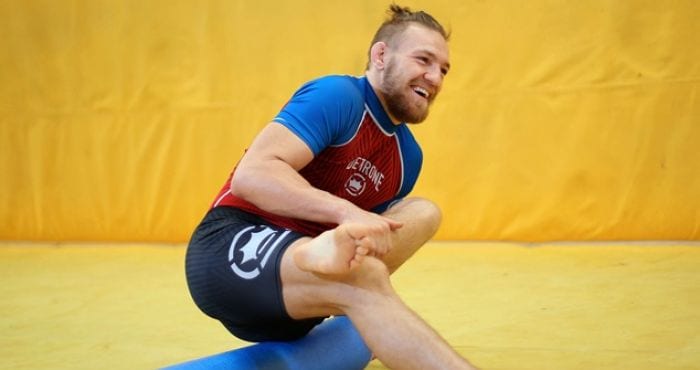If you’ve been on any sort of fitness regimen for an extended period of time, you know what it’s like to accumulate a few bumps and bruises along the way. While manageable in the short term, joint pain, muscle soreness, and limited mobility will eventually work together to keep us out of the gym or off the mat. To prevent these powerful annoyances from hindering your progress, you need a way to put them down before they become a problem.
Enter myofascial release. Known more commonly by its many popular forms of foam rolling, deep tissue massage, and the increasingly popular “cupping”, myofascial release is an umbrella category for a physical manipulation that breaks up muscle tissue (fascia). While this might sound painful—and trust me, it certainly can be—it’s one of those “good hurts.” When we manipulate the fascia, we clear a path for blood and oxygen to pump in and fuel the muscle.
Why would I add more pain to my workout?
Have you ever had a muscle knot in your back and asked your friend to dig into it with their elbow? It probably wasn’t the most pleasurable sensation at first, but after a few passes the muscle broke up and relaxed. What followed was likely a few hedonistic groans and your eyes rolling over white. Probably even an exaggerated compliment to your friend.
That is myofascial release, and we can use this same concept to improve circulation to just about any muscle in our anatomy. When done properly, this will mitigate soreness, speed up recovery, and enhance your muscle’s ability to properly repair itself—a staple for anyone focusing on an aesthetically pleasing physique. Much like a car with a conscientious owner, your training will pay you back ten times over when you take care of your muscles and joints. You will be able to train more frequently, with more intensity, and for longer spans at a time. These three characteristics, of course, lead to one thing we’re all after: faster progress.
So where do I start?
If you have some disposable income you’re not sure what to do with, you can’t go wrong with a periodic massage. (The goal here is muscle maintenance, though. You can still light candles and listen to Tibetan Monks chanting, but be sure to crank up the intensity.) For the rest of us, a foam roller, lacrosse ball, or even a tennis ball will do the trick. With that said, foam rollers are optimal for larger muscle groups because they have more surface area, and tennis balls likely won’t be firm enough for many people.
Once you have the device in hand, the process is fairly intuitive. Line up the muscle with your manipulator of choice and roll away. I should note that some leading fitness coaches argue rolling in a particular direction is better than others for certain muscle groups, so you might do a few Google and YouTube searches to guide you.
And for you desk jockeys out there, myofascial release isn’t just a post-workout routine. If you spend eight or more hours a day in a seated position, I can’t stress enough how important it is for you to roll out your hips, glutes, and legs. (I highly recommend warming up first, though.)
Bite the bullet, stick with this new plan for a month, and watch your gains explode.
—
To reach out to the author, send him an e-mail at [email protected].




